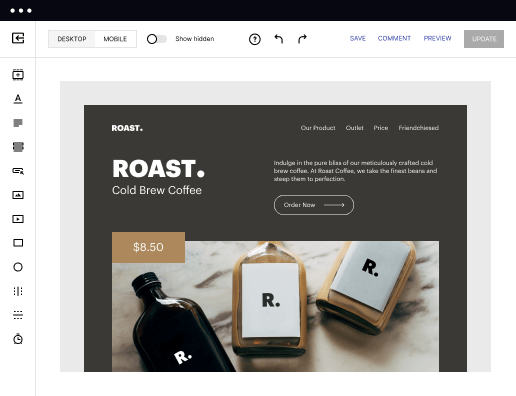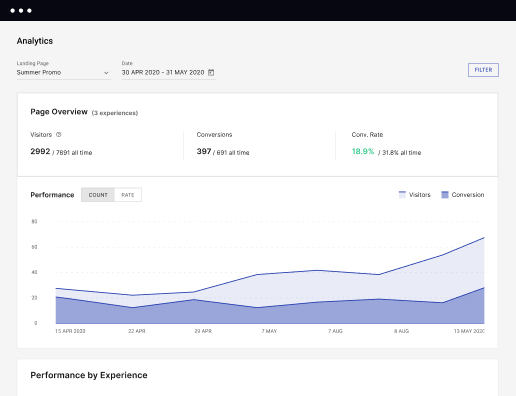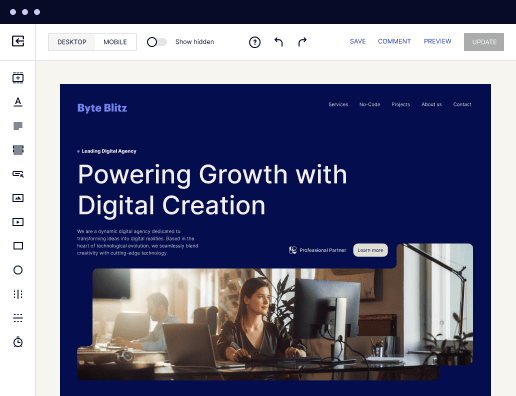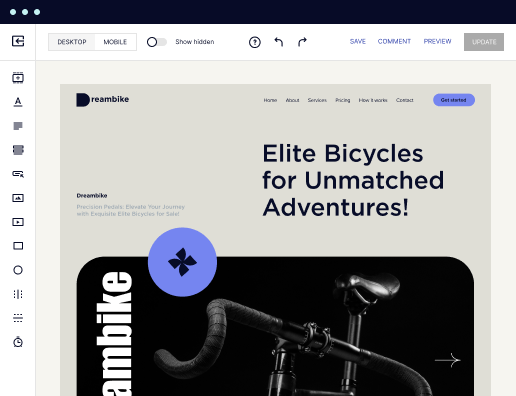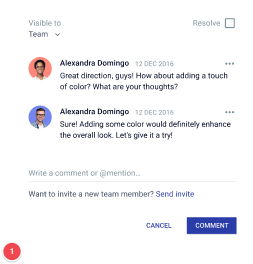Make your order history page designed for SUSE Linux Enterprise
Instapage empowers you to reduce costs, increase conversions, and deliver meaningful experiences on SUSE Linux Enterprise.
Build your order history page on SUSE Linux Enterprise
Building an effective order history page on SUSE Linux Enterprise not only enhances user experience but also boosts your overall conversion rates. By utilizing Instapage’s flexible landing page creation platform, you can quickly develop a page that meets specific customer needs, all while minimizing your operational costs. This guide will walk you through a step-by-step process to create a compelling order history page tailored for your audience.
Understanding the Importance of an Order History Page
An order history page serves as a critical hub for customer engagement and satisfaction. Providing access to past purchases improves transparency and loyalty. Here’s why it matters:
- Empowers customers to track orders: Customers appreciate the ability to see past transactions, which fosters trust and repeat purchases.
- Enhances customer service: Access to order history allows support teams to assist customers more effectively.
- Improves user insights: Detailed order data informs marketing strategies, enhancing targeting and personalization efforts.
Step 1: Gather Required Data
Before you start building, ensure you have all necessary data at hand. This includes past transaction records, customer information, and product details. Here’s how to go about it:
- Compile customer order data: Utilize your database to retrieve customer transaction history.
- Organize product information: Ensure that product details align with the customer orders for clarity.
- Utilize analytics tools: Gain insights from your data to refine the layout and functionality of your order history page.
Step 2: Design Your Order History Page
This step involves using Instapage’s user-friendly tools to design a visually appealing and functional page. Follow these bullet points to optimize your design:
- Choose a template: Start with conversion-focused layouts that can be customized to fit your brand.
- Add dynamic content blocks: Use Instablocks to include relevant elements like order details and customer information seamlessly.
- Implement personalization features: Use dynamic text replacement to cater to individual user needs, enhancing engagement.
Step 3: Optimize and Test Your Page
Optimization is key to ensuring your order history page performs at its best. Leverage Instapage’s built-in features:
- Conduct A/B testing: Experiment with different layouts and formats to see what yields the highest conversions.
- Analyze heatmaps: Use detailed analytics to understand user interactions on the page.
- Iterate based on feedback: Gather insights from user behavior to continuously improve page performance.
By following these steps, you can create a robust order history page that meets both customer needs and business objectives.
Ready to build your order history page on SUSE Linux Enterprise? Start utilizing Instapage today to enhance user experience and drive conversions!
Get more out of Build your order history page on SUSE Linux Enterprise
Improve your Quality Score with quick load technology for landing pages
Increase conversions with content that aligns with your ads and audiences
Achieve maximum ROI by scaling your marketing initiatives
Leading the way in building high-performing landing pages





FAQs
See how to build your order history page on suse linux enterprise in action
Ready to skyrocket conversions?
Supercharge your ad campaigns with high-performing landing pages.
Get started


